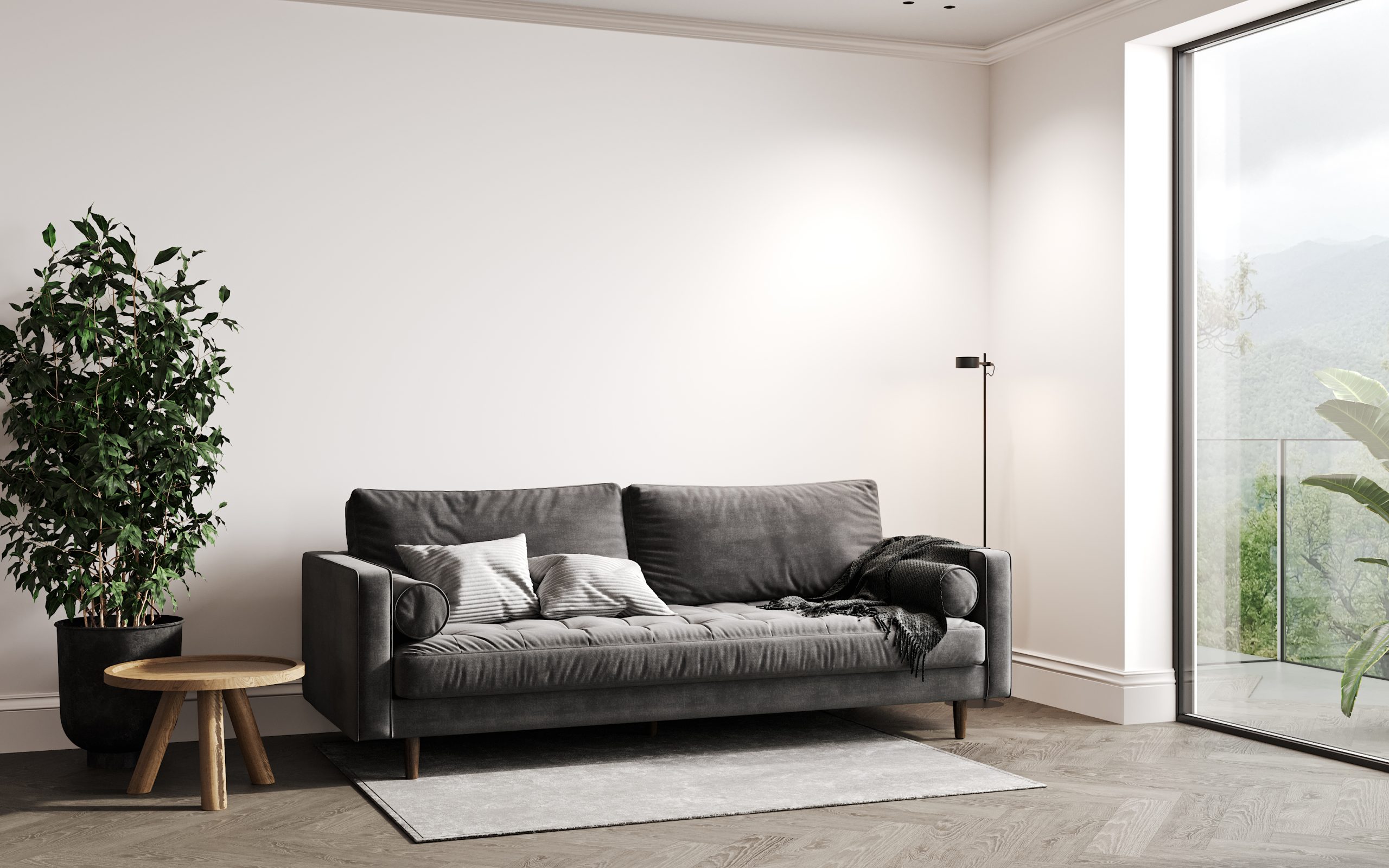In the bustling environment of office spaces, the waiting room serves as the gateway to a company’s culture and professionalism. The choice of furniture in this area, particularly the office waiting room sofa, plays a pivotal role in creating a positive first impression on visitors and clients. Here’s a comprehensive guide on selecting the perfect office sofa to enhance comfort, style, and functionality.
Understanding the Importance of Office Waiting Room Sofa
Setting the tone for visitors
The waiting room is often the first point of contact for visitors, making it essential to create a warm and inviting atmosphere that reflects the company’s values and professionalism. A comfortable and stylish office waiting room sofa can help set the tone and make visitors feel welcome and valued.
Enhancing comfort and relaxation
Visitors may spend a considerable amount of time in the waiting room, whether waiting for appointments, meetings, or consultations. Providing a comfortable and supportive sofa ensures that visitors can relax and unwind while maintaining a positive perception of the company.
Factors to Consider When Selecting an Office Waiting Room Sofa
Size and Space Considerations
Evaluate the dimensions of the waiting room to determine the appropriate size of the sofa. Consider factors such as available floor space, traffic flow, and the number of visitors expected at any given time to select a sofa that fits seamlessly into the environment.
Comfort and Ergonomics
Prioritize comfort and ergonomic features when choosing a office waiting room sofa. Opt for sofas with ample cushioning, supportive backrests, and proper seat depth to ensure that visitors can sit comfortably for extended periods without feeling fatigued or restless.
Style and Aesthetics
Select a sofa that complements the overall design aesthetic of the office space while reflecting the company’s branding and identity. Consider factors such as color, material, and design elements to create a cohesive and visually appealing environment that leaves a lasting impression on visitors.
Durability and Maintenance
Choose a sofa constructed from high-quality materials that are durable and easy to maintain. Select fabrics or finishes that are stain-resistant and easy to clean to ensure that the sofa retains its pristine appearance even with regular use.
Popular Types of Office Waiting Room Sofas
Contemporary Sofa Designs
Contemporary sofas feature sleek lines, minimalist designs, and neutral color palettes, making them perfect for modern office spaces. These sofas often prioritize comfort and versatility, with options ranging from compact two-seaters to spacious sectionals.
Traditional Sofa Styles
Traditional sofas exude elegance and sophistication, with classic design elements such as rolled arms, tufted upholstery, and ornate detailing. These sofas add a touch of timeless charm to waiting rooms, making them ideal for businesses with a more traditional aesthetic.
Modular Seating Solutions
Modular seating solutions offer flexibility and customization options, allowing you to create versatile seating arrangements tailored to your waiting room layout and space requirements. These modular pieces can be rearranged or combined to accommodate different seating needs, making them ideal for dynamic office environments.
Tips for Selecting the Right Office Waiting Room Sofa
- Consider the needs of visitors: Take into account the comfort and preferences of visitors when selecting a waiting room sofa to ensure that their experience is positive and enjoyable.
- Test for comfort: Encourage visitors to test out different sofas to assess their comfort and ergonomic features before making a final decision.
- Prioritize quality over price: Invest in a high-quality waiting room sofa that is built to last, even if it comes with a higher price tag. Quality craftsmanship and durable materials ensure that your investment pays off in the long run.
- Think about versatility: Choose a sofa that can adapt to changes in the waiting room layout or accommodate varying numbers of visitors, providing flexibility and functionality.
- Consider maintenance requirements: Select a sofa that is easy to clean and maintain to ensure that it remains in pristine condition even with regular use.
Conclusion
Selecting the perfect office waiting room sofa requires careful consideration of factors such as size, comfort, style, and durability. By prioritizing visitor comfort and creating a welcoming and aesthetically pleasing environment, you can enhance the overall experience for visitors and clients while reinforcing the company’s brand image and professionalism.
FAQs
Can office waiting room sofas be customized to fit specific design requirements?
Yes, many furniture manufacturers offer customization options for waiting room sofas, including choices of fabric, upholstery finishes, and design details, allowing you to tailor the sofa to your exact specifications.
Are there eco-friendly options available for office waiting room sofas?
Yes, there are environmentally friendly options available, including sofas made from sustainable materials such as recycled plastics, organic fabrics, or responsibly sourced wood, catering to businesses with a commitment to sustainability.
What is the typical lifespan of office waiting room sofas?
The lifespan of waiting room sofas depends on factors such as usage, maintenance, and quality of construction. With proper care and maintenance, high-quality sofas can last for many years, providing value and comfort to visitors.
Are there seating options available besides traditional sofas for office waiting rooms?
Yes, there are alternative seating options available, including lounge chairs, loveseats, benches, and ottomans, providing flexibility and variety in seating arrangements to suit different waiting room layouts and preferences.
Can office waiting room sofas be easily relocated or rearranged?
It depends on the design and construction of the sofa. Some models may feature lightweight construction or built-in casters for easy mobility, while others may be more stationary or require assembly for relocation.


